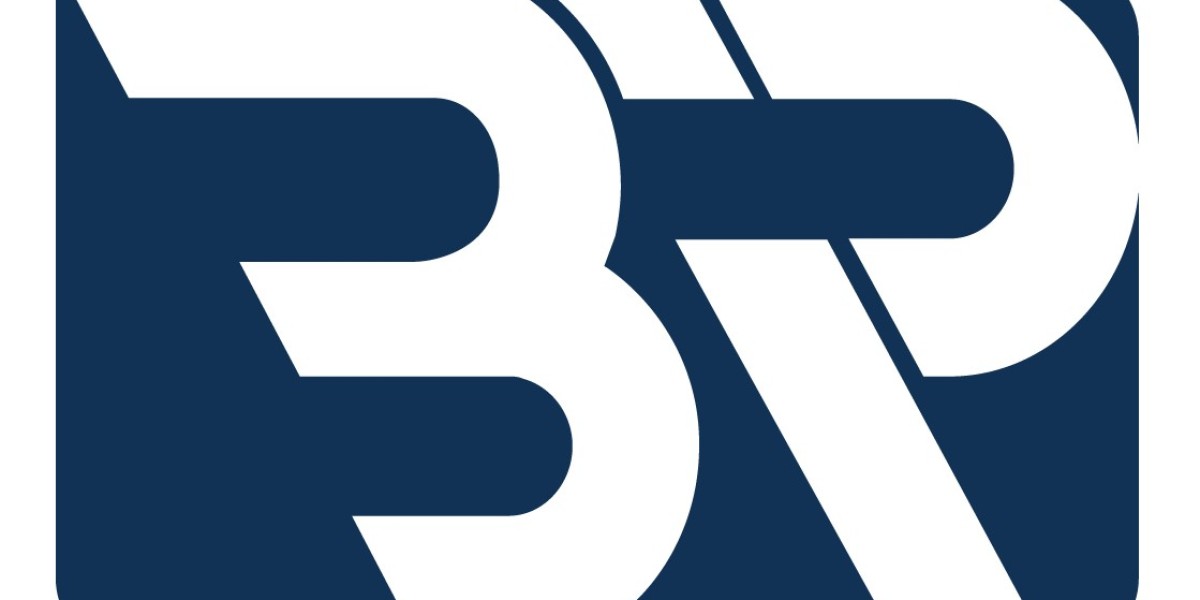In the ever-evolving landscape of the insurance industry, staying competitive requires a workforce that is not only well-versed in the intricacies of insurance but also adaptable to emerging trends and technologies. This underscores the importance of robust insurance training programs. In this comprehensive guide, we will explore the seven key elements that contribute to the strength of such programs, ensuring that insurance professionals are equipped with the knowledge and skills necessary for success in this dynamic field.
Elements of Strong Insurance Training Programs :
Customization for Diverse Roles and Specializations:
One size does not fit all when it comes to insurance training. A strong program recognizes the diverse roles within the industry, catering to the needs of underwriters, claims adjusters, agents, and other professionals. Tailoring the curriculum to address the specific challenges and requirements of each role ensures that participants receive relevant and targeted training. This customization fosters a deeper understanding of the intricacies associated with their respective positions, laying the foundation for a well-rounded and adaptable workforce.
Integration of Technological Advancements:
The insurance landscape is undergoing a technological revolution with the integration of artificial intelligence, data analytics, and digital platforms. A robust training program should not only cover the fundamentals of insurance but also incorporate modules that address the impact of technology on the industry. Training programs that embrace insurtech trends empower professionals to navigate digital transformations, utilize data analytics for risk assessment, and leverage automation to streamline processes. This integration ensures that participants are not only well-versed in traditional practices but also prepared for the technological advancements shaping the future of insurance.
Interactive Learning Methods:
Engagement is key to effective learning. A strong insurance training program employs a variety of interactive learning methods to keep participants actively involved. This can include scenario-based simulations, case studies, role-playing exercises, and collaborative projects. Interactive elements not only enhance the learning experience but also provide practical insights into real-world situations. By creating an immersive learning environment, participants can apply theoretical knowledge to practical scenarios, preparing them for the challenges they may encounter in their roles.
Continuous Learning and Professional Development:
The insurance industry is dynamic, with regulations, market trends, and customer expectations constantly evolving. A strong training program doesn't end with the initial onboarding but includes provisions for continuous learning and professional development. This could involve ongoing workshops, webinars, and access to updated learning resources. Encouraging a culture of continuous learning ensures that insurance professionals stay informed about industry changes, fostering adaptability and a commitment to excellence throughout their careers.
Emphasis on Ethical Practices and Compliance:
Integrity is a cornerstone of the insurance industry. A robust training program places a strong emphasis on ethical practices and compliance with regulatory standards. Participants should be well-versed in the ethical considerations associated with insurance, including issues related to confidentiality, conflicts of interest, and fair practices. Integrating compliance training ensures that insurance professionals operate within legal and ethical boundaries, protecting the interests of both clients and the reputation of the industry as a whole.
Practical Exposure and On-the-Job Training:
Theoretical knowledge is essential, but practical exposure is equally crucial in the insurance sector. A strong training program incorporates on-the-job training opportunities, allowing participants to apply their learning in real-world scenarios. This could involve internships, apprenticeships, or mentorship programs where participants work alongside experienced professionals. Practical exposure not only enhances skill development but also instills confidence in applying theoretical knowledge to actual work situations.
Assessment and Feedback Mechanisms:
To gauge the effectiveness of a training program, there must be robust assessment and feedback mechanisms in place. Regular assessments, quizzes, and practical evaluations help measure the progress of participants and identify areas that may require additional focus. Moreover, constructive feedback from trainers and mentors provides valuable insights, helping participants understand their strengths and areas for improvement. This iterative feedback loop is instrumental in refining the training program, ensuring that it remains aligned with industry needs and participant expectations.
Conclusion:
In conclusion, a strong insurance training program is a multifaceted approach that goes beyond imparting basic industry knowledge. It is a dynamic and adaptable initiative that recognizes the diverse roles within the insurance sector, embraces technological advancements, fosters interactive learning, supports continuous professional development, emphasizes ethical practices, provides practical exposure, and incorporates effective assessment and feedback mechanisms. By encompassing these seven elements, insurance training programs can empower professionals to navigate the complexities of the industry, contribute to organizational success, and thrive in an ever-changing landscape.






